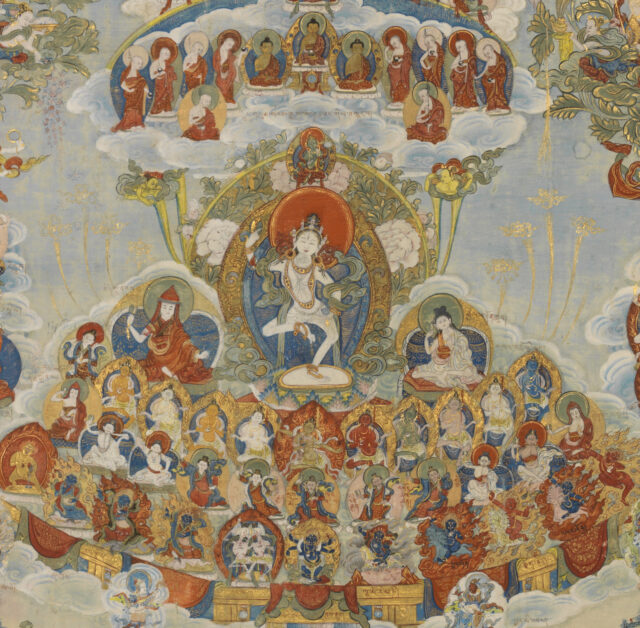Teaching Resources
Orientation to the Materials in Project Himalayan Art Permalink
To make best use of the three-part components for your teaching, especially if you are not familiar with the material, we suggest the following steps.
To begin, the traveling exhibition is your entry point. It provides introductory material on the fundamental level, including introductions to iconography and symbolism (e.g. what is a buddha), how objects are made, and their purpose as part of the living practices. Exhibition texts provide a means to teach through objects and expand your thematic explorations into your specific disciplines or themes.
In addition to the in-gallery presentation, all exhibition materials, including texts, images, audio, and video components, can be found on this website in the exhibition section.
The 108 object essays that make up the majority of this site go into more depth, focusing on individual objects and sites (e.g. pilgrimage, patronage, etc.) that explore different themes and cultural connections across disciplines.
These essays are all also available in the book.
This site also contains a glossary of commonly found terms, their brief definitions, and their pronunciations, as well as a selected bibliography of texts central to the study of Himalayan art and culture.
Disciplines and Units Permalink
Each discipline set contains themes that will help you organize your materials relative to other teaching resources in Project Himalayan Art and construct your unit or use them as a ready-made “unit” in your classes.
Suggested Class Units
Our starting points, arranged by academic discipline, are suggested topics/ideas that faculty can incorporate into their existing syllabus. Each includes lists of materials presented in the exhibition, deeper supporting material found in the publication, the web platform as a hub for the aggregated information, additional Rubin Museum material, and external resources.
All of these teaching resources are designed to enable faculty to teach with objects in those classes you already teach, with some modification, and across disciplines.
As each discipline set, such as Art History, Religion, History, Anthropology, Material Culture, and Area Studies, expands, more themes will become available in each discipline. Some examples are:
- Discipline: Art History – Theme: Introduction to Buddhist Culture
- Discipline: Anthropology – Theme: Medicine and Culture / Buddhism and Medicine
- Discipline: Religion – Theme: Introduction to Himalayan Religions
- Discipline: History/East Asian Studies – Theme: Buddhism and the State
- Discipline: History and Geography – Theme: Buddhism being adapted to new cultural contexts
Within these themes, individual units are roughly structured as follows:
Unit Outline
- A framing text for a Unit (1–2 short paragraphs)
- 2–3 Critical Questions
- Sample Assignments (sample exercises for the students)
- Supporting Resources:
- Exhibition Sections & Objects (with some guidance of how they fit the topic)
- Object Essays
- Media Resources (including videos, etc.)
- Rubin Museum of Art Resources
- External Resources
- Glossary Terms
- Additional Keywords
- Optional: Materials you wish to provide to be hosted locally (with proper credit line)
If you want to suggest a unit please contact the Rubin Museum by emailing [email protected].
Utilizing Visual Materials Permalink
In order to further help you use the material provided in Project Himalayan Arts, Dr. Kerry Lucinda Brown has provided the Rubin Museum with an extremely helpful video entitled “Utilizing Visual Materials – The Importance of Close Looking.” This video (and accompanying PowerPoint and worksheet) helps introduce students to methods for looking at and analyzing Himalayan Art.
Teaching Resource Units Permalink
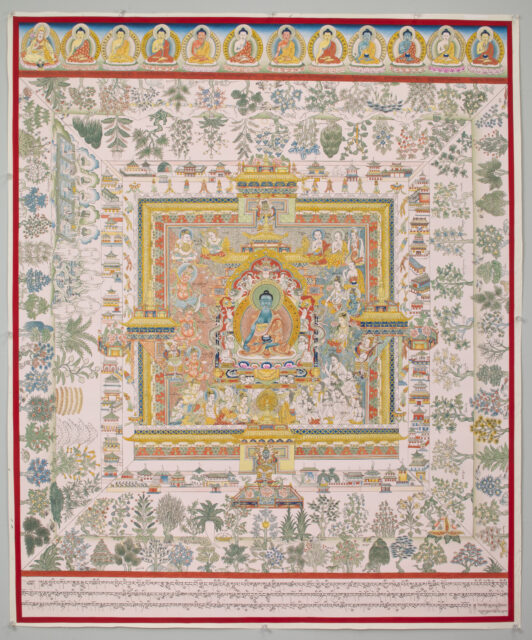
Health, Healing, and Illness in the Himalayas
Anthropology Explore essay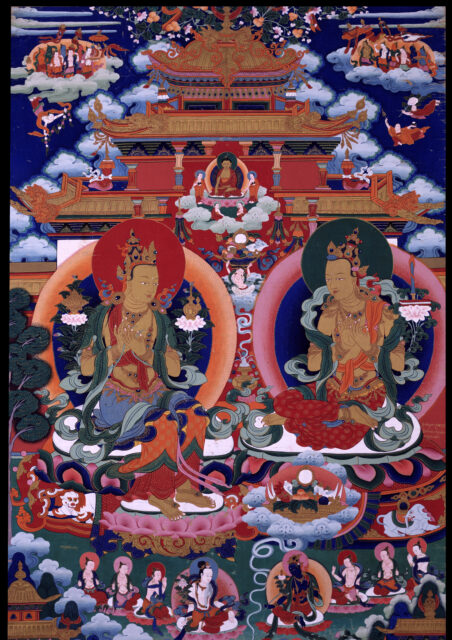
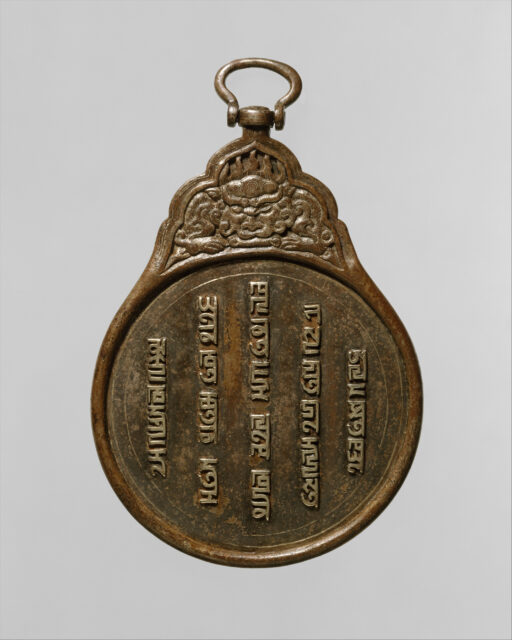
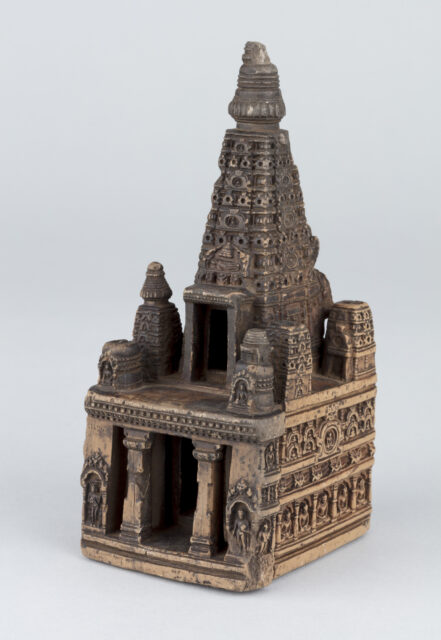
Buddhist Sites & their Replicas
History and Geography Explore essay